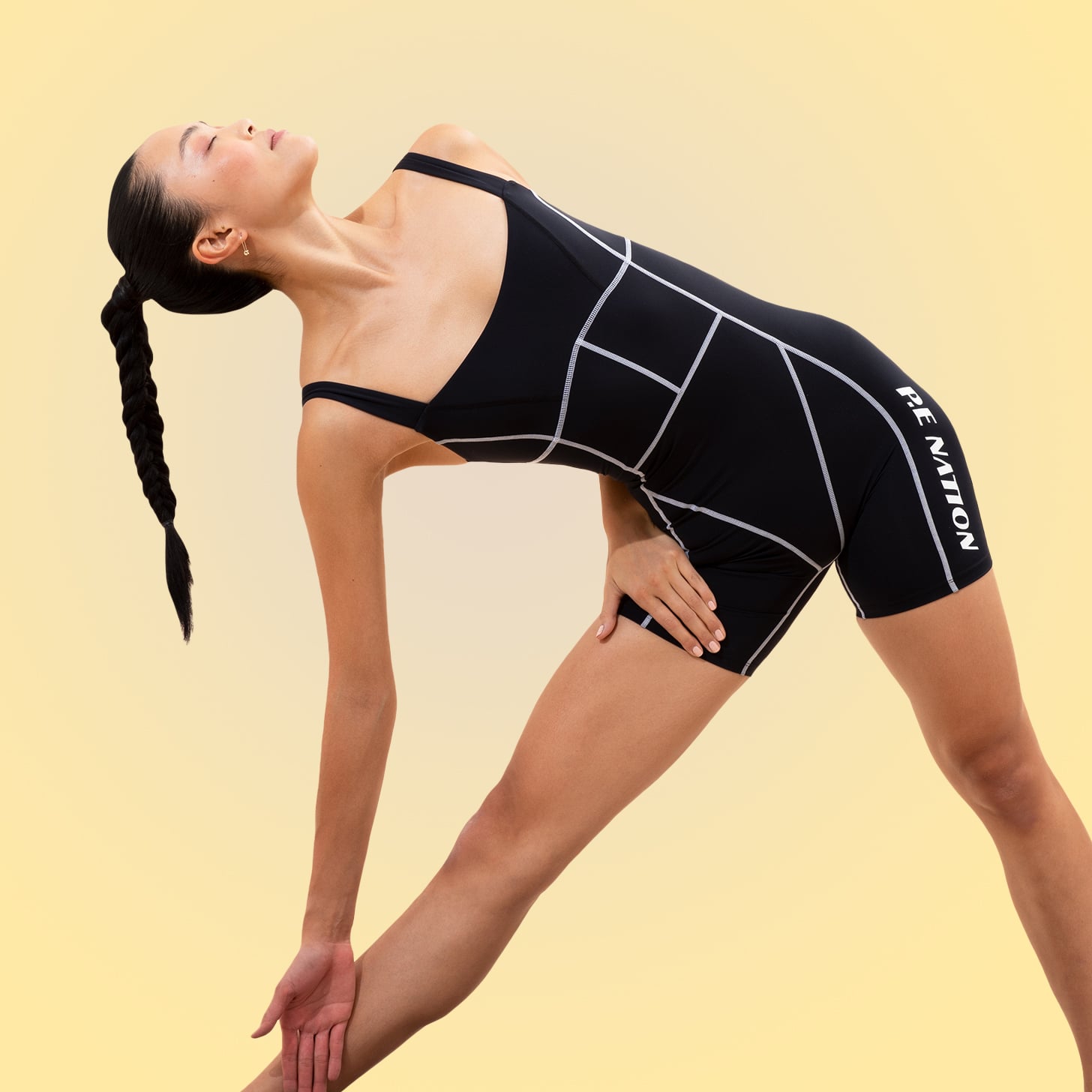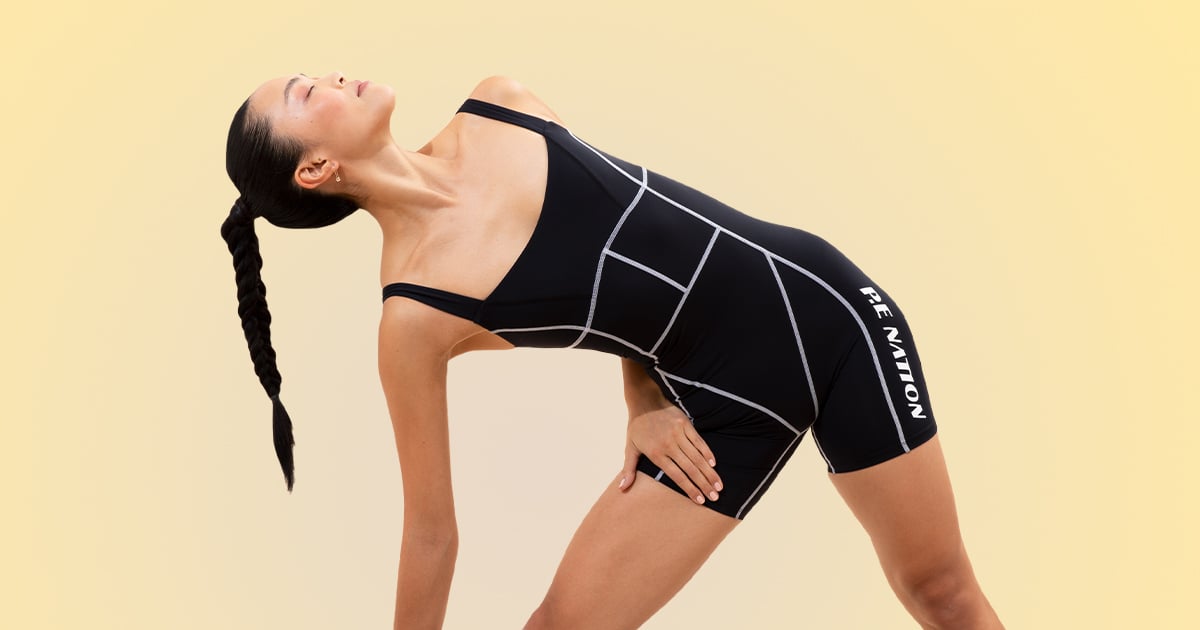
“Soft” isn’t a word often equated with exercise. Instead, fitness rhetoric generally revolves around the exact opposite: going harder, firming muscles, pushing to the max. But since 2020, many of us have been craving a gentler approach.
Amid the onset and long aftermath of COVID-19, just getting off the couch was a feat worthy of celebration. We still turned to exercise to ease our uncertainty, burnout, and restlessness. We just wanted — and needed — to keep it chill.
For that reason, 2022 saw the rise and continued popularity of softer and more intentional types of workouts, things that made us sweat a little less, felt nicer on our bodies, and left us feeling lifted up rather than beaten down.
Case in point: Google searches for both “Pilates” and “walking” reached a 10-year high this year. (The latter saw one of the most successful rebrands in history with the advent of the #HotGirlWalk.) Pickleball, an as-intense-as-you-make-it activity already popular among the 65+ set, became a hit among millennials and Gen Z, who’ve helped make it America’s fastest-growing sport for the past four years.
But can the draw of gentler forms of exercise persist, or will we be pulled back to more intense workouts in 2023? We asked experts what new trends are on the horizon as we enter a new year. The forecast: people will continue to crave the feel-good energy that marked 2022’s fitness landscape — but with a little more juice.
The Glory of the Soft-Exercise Era
While Pilates, walking, and pickleball, 2022’s breakout fitness activities, may seem like a motley crew, the truth is that they have a lot in common: they allow us to take a step back from what we think exercise should be and start with what is fun and feels good.
Take Pilates, which was first invented by Joseph Pilates in the 1920s as a way to help dancers improve their technique and recover after injury. The practice “allows participants to reconnect with stabilizers and joint receptors,” Bryce Hastings, head of research at Les Mills, says. This “leaves people feeling refreshed, in control of their bodies, and good, rather than huffing and puffing,” he explains.
“People realize they don’t have to push themselves so hard to achieve meaningful results,” Cedric Bryant, PhD, FACSM, president and chief science officer at the American Council on Exercise, explains. But, he’s quick to add, the “results” we’re looking for are also largely different than before.
“Coming out of the worst of the COVID-19 pandemic, people are exercising for new reasons,” Dr. Bryant says. “People’s motivations for being physically active are shifting away from things like appearance, weight management, or reaching a certain fitness or performance level to a sharper focus on mental health, stress management, and overall well-being,” he says, citing a recent survey conducted by Mindbody, the fitness booking platform.
Consider that another TikTok-popular term for hot-girl walks is “mental health walks”; remember how desperate we were to get out of the house during quarantine? Just putting one foot in front of the other felt revolutionary.
Our intimate understanding of the negative effects of isolation also gave rise to an increased interest in outdoor, group activities that are accessible to all fitness levels — like pickleball, which allows people to tap into the healthy trifecta of nature, community, and movement.
Hastings has seen the same trend as Dr. Bryant. “Most consumers are taking a much broader view of why they should be active, with wellness and stress relief, in particular, being key drivers. Therefore, simply moving can deliver what they’re looking for,” he says.
What 2023 Holds For Fitness
There’s a lot to love about 2022’s fitness landscape — namely, the focus on movement as a tool for mental and emotional well-being, not just physical health. But as the world evolves into a post-pandemic “normal,” our approach to fitness is doing the same.
While soft exercise isn’t going to fade away completely from public consciousness, experts are predicting that people will be looking for ways to challenge themselves in 2023. Workouts are getting harder, better, faster, and stronger — but in a way that’s totally different from the past.
Harder doesn’t mean going zero to 60, away from soft exercise entirely. It just means increasing the challenge. That might mean trying out a Pilates reformer, walking on an incline, or swearing off dinking in pickleball (IYKYK). “As people become accustomed to the challenge of a particular workout, they need to progress safely and appropriately,” Bryant says. Otherwise, they risk plateauing and missing out on the more cardiovascular and strength benefits that only more challenging workouts offer.
Better workouts in 2023 really mean better for you — i.e., building a routine that is entirely yours, suits your individual needs, and, more importantly, makes you happy.
For example, Obé Fitness founders Ashley Mills and Mark Mullett have seen their users stacking several shorter workouts together to create Franken-workouts that are completely personal. They both predict that this customization will extend to where people work out, too. A hybrid routine with some virtual, some in-person workouts is exactly what will allow people to keep exercising on their own terms.
Faster doesn’t refer to burpees and speed work. Rather, in 2023, we’ll be more thoughtful about how we’re investing our time. “I think we’ve been hit in the face with the value of time and what it was like to . . . not have the time available to use the way we wanted to,” Gunnar Peterson, celebrity trainer and F45 Training’s chief of athletics, tells POPSUGAR. “So what I think is that people are going to head to things that give them the most bang for their buck.” Mills and Mullett, for instance, have seen Obé’s 10-minute “express” classes take off.
Besides leaning into shorter workouts, people will also be looking to squeeze more benefits out of their existing routine — like by taking their workouts outdoors. In an Eventbrite survey of 4,500 people, 68 percent said they were looking forward to more outdoor fitness activities in 2023.
“The mental health benefits of outdoor exercise bring us back to the more holistic approach to wellness that seems to be taking hold in the general public,” Dr. Bryant points out. Plus, many outdoor activities — walking, running, biking, racket sports, etc. — can have a communal aspect that people are craving more than ever since COVID-19 shut down gyms (and, more largely, our IRL social lives).
Stronger still means muscle strength, and experts are saying that in 2023, workouts that target this benefit will be increasingly important to people. “Strength training” saw a significant uptick of searches this year, per Google, and Hastings believes its popularity is here to stay. You need muscular strength to carry your body physically through life, after all — and that never goes out of style.
This is good news for Pilates people; the workout totally counts as strength training and has helped many people build a solid foundation on which they can now continue to get stronger, whether that’s using bodyweight moves or picking up some weights.
Of course, trends don’t always match up with where we’re at as individuals. That’s why the biggest lesson we learned from 2022 should be carried over into 2023 and beyond: that fitness can be whatever you want and need it to be — soft, hard, or somewhere in between.
Image Source: POPSUGAR Photography / Chaunté Vaughn
